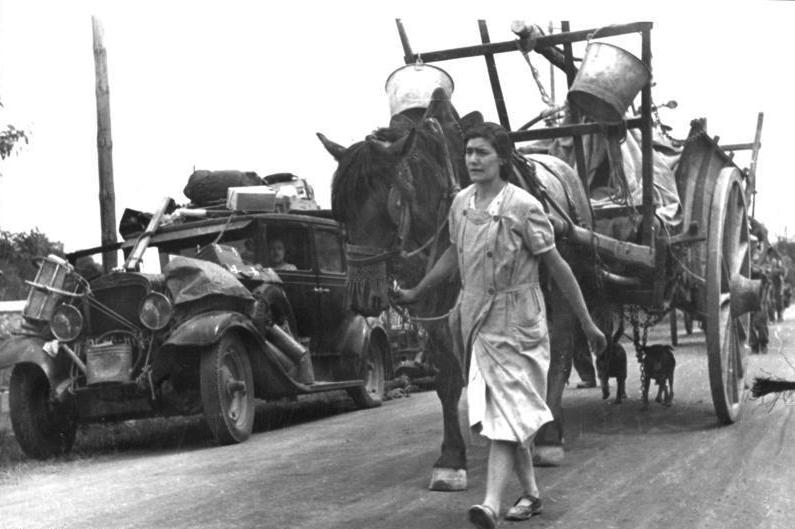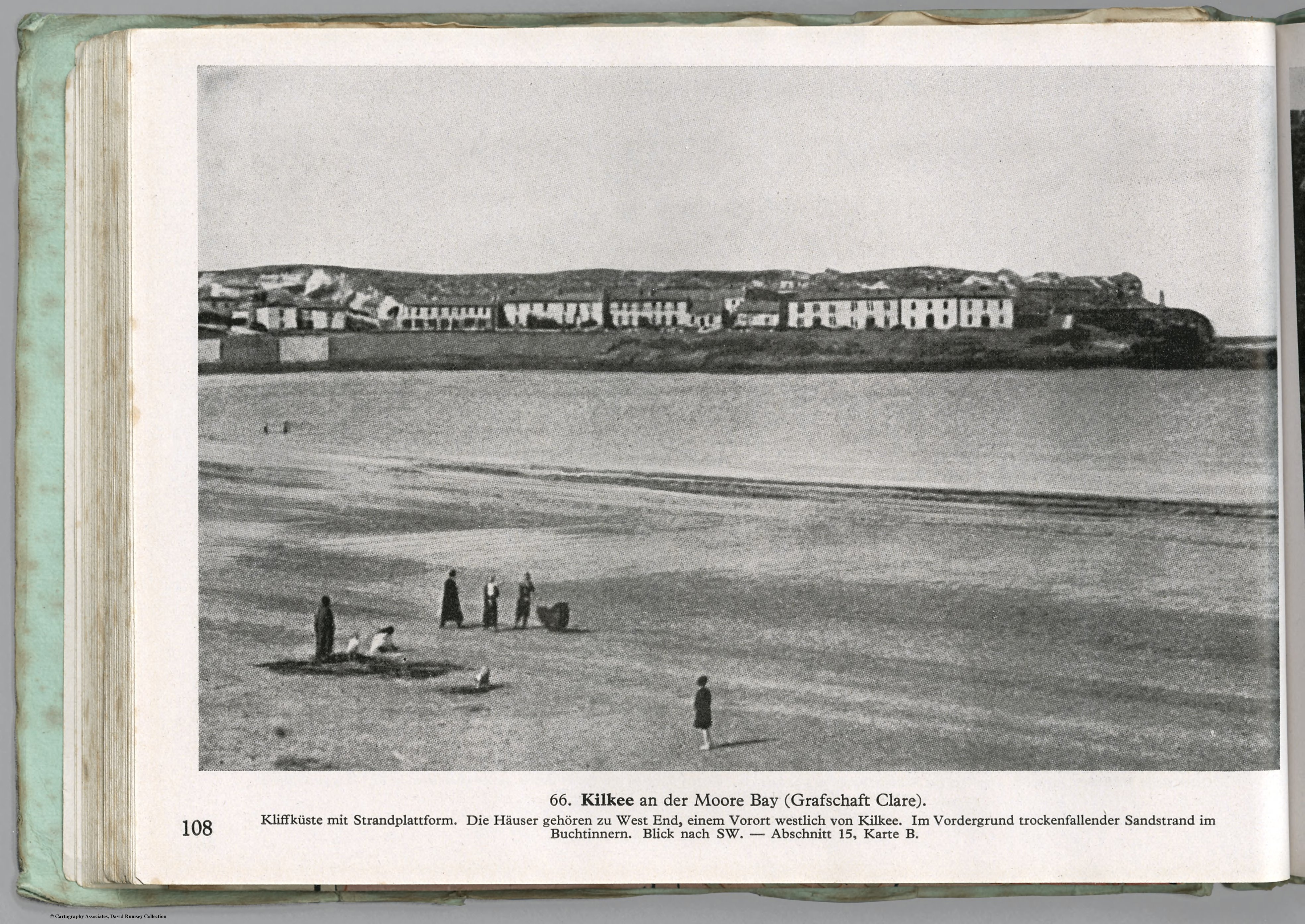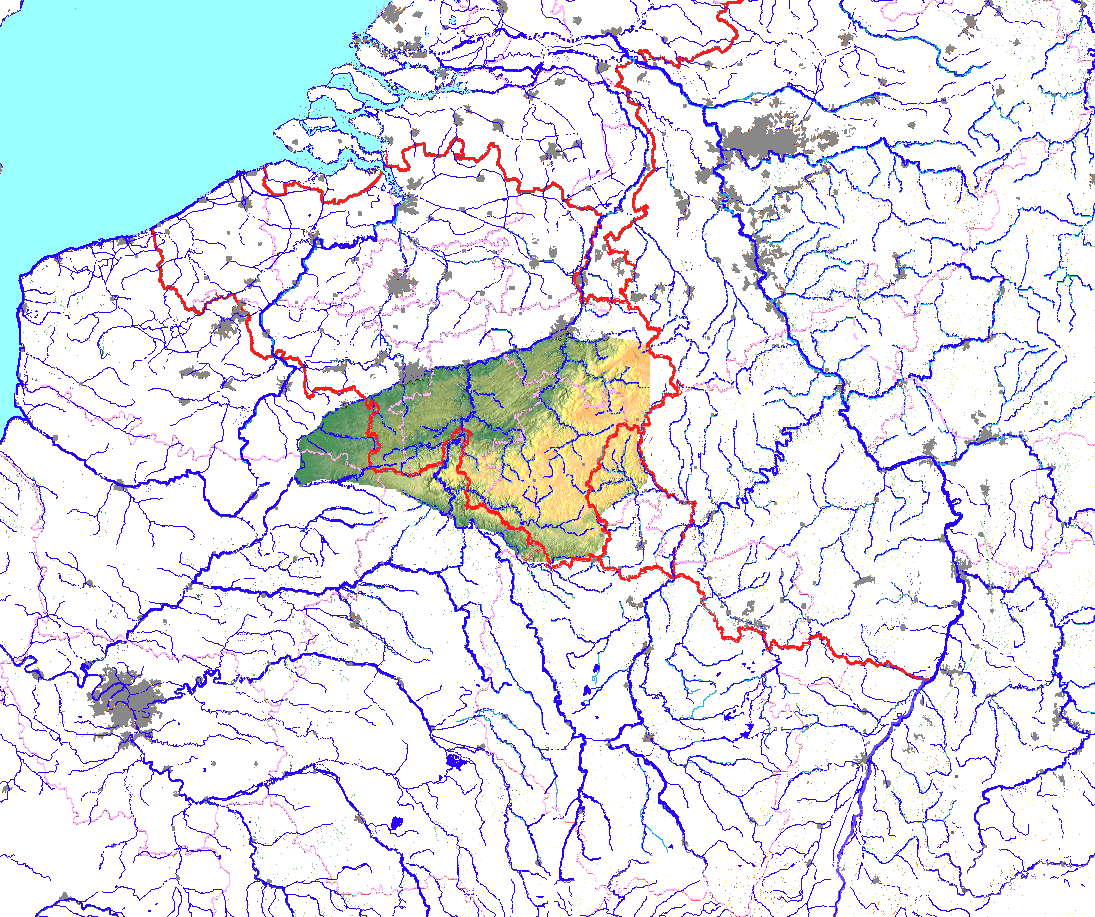|
Fall Weiß (1939)
Fall Weiss ("Case White", "Plan White"; German spelling ''Fall Weiß'') was the German strategic plan for the invasion of Poland. The German military OKH, High Command finalized its operational orders on 15 June 1939 and the invasion commenced on 1 September, precipitating World War II. Background The origins of the plan went back to 1928, when Werner von Fritsch started working on it. ''Fall Weiss'' was developed primarily by Günther Blumentritt and Erich von Manstein while the two were serving as staff officers under General Gerd von Rundstedt with Army Group South in Silesia. Details The plan called for a start of hostilities before the declaration of war. German units were to invade Poland from three directions: * A primary attack from the German mainland across the western border of Poland. * A secondary attack from the north, from the exclave of East Prussia. * A tertiary attack by German and allied Slovak Republic (1939–1945), Slovak units across the border of Slovakia ... [...More Info...] [...Related Items...] OR: [Wikipedia] [Google] [Baidu] |
Fall Weiss (map)
Fall Weiss (German orthography ''Fall Weiß'' translated as Case White following the German military's naming convention) may refer to two military operations: * Fall Weiss (1939), the German invasion of Poland * Case White (1943) Case White (german: Fall Weiss), also known as the Fourth Enemy Offensive ( sh, Četvrta neprijateljska ofenziva/ofanziva), was a combined Axis strategic offensive launched against the Yugoslav Partisans throughout occupied Yugoslavia during ..., an Axis operation against the Yugoslav Partisans throughout occupied Yugoslavia, ending in the Battle of the Neretva {{disambiguation ja:白作戦 ... [...More Info...] [...Related Items...] OR: [Wikipedia] [Google] [Baidu] |
Fall Rot
''Fall Rot'' (Case Red) was the plan for a German military operation after the success of (Case Yellow), the Battle of France, an invasion of the Benelux countries and northern France. The Allied armies had been defeated and pushed back in the north to the Channel coast, which culminated in the Dunkirk evacuation. The operation to complete the conquest of France by the German Army began on 5 June 1940. began with a preliminary attack over the river Somme on the Channel Coast to the Seine, beginning on 5 June and the main offensive by Army Group A on 9 June further east over the river Aisne. Background French defensive preparations By the end of May 1940, the best-equipped French armies had been sent north and lost in and the evacuation from Dunkirk, which cost the Allies French commander Maxime Weygand was faced with the prospect of defending a front from Sedan, along the Aisne and Somme rivers to Abbeville on the Channel, with divisions. The 51st (Highland) Infantry ... [...More Info...] [...Related Items...] OR: [Wikipedia] [Google] [Baidu] |
Yugoslavia
Yugoslavia (; sh-Latn-Cyrl, separator=" / ", Jugoslavija, Југославија ; sl, Jugoslavija ; mk, Југославија ;; rup, Iugoslavia; hu, Jugoszlávia; rue, label=Pannonian Rusyn, Югославия, translit=Juhoslavija; sk, Juhoslávia; ro, Iugoslavia; cs, Jugoslávie; it, Iugoslavia; tr, Yugoslavya; bg, Югославия, Yugoslaviya ) was a country in Southeast Europe and Central Europe for most of the 20th century. It came into existence after World War I in 1918 under the name of the ''Kingdom of Serbs, Croats and Slovenes'' by the merger of the provisional State of Slovenes, Croats and Serbs (which was formed from territories of the former Austria-Hungary) with the Kingdom of Serbia, and constituted the first union of the South Slavic people as a sovereign state, following centuries in which the region had been part of the Ottoman Empire and Austria-Hungary. Peter I of Serbia was its first sovereign. The kingdom gained international recog ... [...More Info...] [...Related Items...] OR: [Wikipedia] [Google] [Baidu] |
Yugoslav Partisans
The Yugoslav Partisans,Serbo-Croatian, Macedonian, Slovene: , or the National Liberation Army, sh-Latn-Cyrl, Narodnooslobodilačka vojska (NOV), Народноослободилачка војска (НОВ); mk, Народноослободителна војска (НОВ); sl, Narodnoosvobodilna vojska (NOV) officially the National Liberation Army and Partisan Detachments of Yugoslavia, sh-Latn-Cyrl, Narodnooslobodilačka vojska i partizanski odredi Jugoslavije (NOV i POJ), Народноослободилачка војска и партизански одреди Југославије (НОВ и ПОЈ); mk, Народноослободителна војска и партизански одреди на Југославија (НОВ и ПОЈ); sl, Narodnoosvobodilna vojska in partizanski odredi Jugoslavije (NOV in POJ) was the communist-led anti-fascist resistance to the Axis powers (chiefly Germany) in occupied Yugoslavia during World War II. Led by Josip Broz T ... [...More Info...] [...Related Items...] OR: [Wikipedia] [Google] [Baidu] |
Case White
Case White (german: Fall Weiss), also known as the Fourth Enemy Offensive ( sh, Četvrta neprijateljska ofenziva/ofanziva), was a combined Axis strategic offensive launched against the Yugoslav Partisans throughout occupied Yugoslavia during World War II. It was one of the most significant confrontations of World War II in Yugoslavia. The offensive took place in early 1943, between 20 January and mid-to-late March. The Axis operation prompted the Partisan Supreme Command to enact its plans to drive toward eastern Herzegovina, Sandžak and Montenegro. In order to do this, Tito formed the so-called Main Operational Group, which eventually succeeded in forcing its way across the Neretva in mid-March 1943, after a series of battles with various hostile formations. Other Partisan formations, the 1st Croatian and 1st Bosnian Corps, managed to evade Axis blows and, despite significant losses, reclaim most of the territory they had held before the beginning of the operation. Since its ... [...More Info...] [...Related Items...] OR: [Wikipedia] [Google] [Baidu] |
Eastern Front (World War II)
The Eastern Front of World War II was a Theater (warfare), theatre of conflict between the European Axis powers against the Soviet Union (USSR), Polish Armed Forces in the East, Poland and other Allies of World War II, Allies, which encompassed Central Europe, Eastern Europe, Northern Europe, Northeast Europe (Baltic states, Baltics), and Southeast Europe (Balkans) from 22 June 1941 to 9 May 1945. It was known as the Great Patriotic War (term), Great Patriotic War in the Soviet Union – and still is in some of its successor states, while almost everywhere else it has been called the ''Eastern Front''. In present-day German and Ukrainian historiography the name German-Soviet War is typically used. The battles on the Eastern Front of the Second World War constituted the largest military confrontation in history. They were characterised by unprecedented ferocity and brutality, wholesale destruction, mass deportations, and immense loss of life due to combat, starvation, expos ... [...More Info...] [...Related Items...] OR: [Wikipedia] [Google] [Baidu] |
Case Blue
Case Blue (German: ''Fall Blau'') was the German Armed Forces' plan for the 1942 strategic summer offensive in southern Russia between 28 June and 24 November 1942, during World War II. The objective was to capture the oil fields of the Caucasus for two purposes: to enable the Germans to re-supply their low fuel stock and also to deny their use to the Soviet Union, thereby bringing about the complete collapse of the Soviet war effort. After Operation Barbarossa failed to destroy the Soviet Union as a political and military threat the previous year, Adolf Hitler, the ''Führer'' of Nazi Germany, recognised that Germany was now locked in a war of attrition, and he was also aware that Germany was running low on fuel supply and would not be able to continue attacking deeper into enemy territory without more stock. With this in mind, Hitler ordered for the preparation of offensive plans for summer 1942 to secure the Soviet oil fields in the Caucasus. The operation involved a two-pr ... [...More Info...] [...Related Items...] OR: [Wikipedia] [Google] [Baidu] |
Ireland
Ireland ( ; ga, Éire ; Ulster Scots dialect, Ulster-Scots: ) is an island in the Atlantic Ocean, North Atlantic Ocean, in Northwestern Europe, north-western Europe. It is separated from Great Britain to its east by the North Channel (Great Britain and Ireland), North Channel, the Irish Sea, and St George's Channel. Ireland is the List of islands of the British Isles, second-largest island of the British Isles, the List of European islands by area, third-largest in Europe, and the List of islands by area, twentieth-largest on Earth. Geopolitically, Ireland is divided between the Republic of Ireland (officially Names of the Irish state, named Ireland), which covers five-sixths of the island, and Northern Ireland, which is part of the United Kingdom. As of 2022, the Irish population analysis, population of the entire island is just over 7 million, with 5.1 million living in the Republic of Ireland and 1.9 million in Northern Ireland, ranking it the List of European islan ... [...More Info...] [...Related Items...] OR: [Wikipedia] [Google] [Baidu] |
Operation Green (Ireland)
Operation Green (german: link=no, Unternehmen Grün) often also referred to as Case Green () or Plan Green (), was a full-scale operations plan for a Nazi German invasion of Ireland planned by an unknown German officer known by the alias "Hadel" in support of Operation Sea Lion (), the invasion of the United Kingdom, during World War II. Despite its detailed nature, Operation Green is thought to have been designed only as a credible threat, a feint, not an actual operation. Plan W, a planned occupation of all of the Free State by the British Armed Forces, was drafted by the British military in secret liaison with the Irish government to counteract any German invasion. German interest in Green and Operation Sea Lion must always be understood in the context of their overall strategic plan. That, first and foremost, was Operation Barbarossa, the invasion and destruction of the Soviet Union. They had little interest in tying up military resources in Britain or France, other than do ... [...More Info...] [...Related Items...] OR: [Wikipedia] [Google] [Baidu] |
Western Europe
Western Europe is the western region of Europe. The region's countries and territories vary depending on context. The concept of "the West" appeared in Europe in juxtaposition to "the East" and originally applied to the ancient Mediterranean world, the Roman Empire (Western Roman Empire and Eastern Roman Empire), and medieval "Christendom" (Western Christianity and Eastern Christianity). Beginning with the Renaissance and the Age of Discovery, roughly from the 15th century, the concept of ''Europe'' as "the West" slowly became distinguished from and eventually replaced the dominant use of "Christendom" as the preferred endonym within the region. By the Age of Enlightenment and the Industrial Revolution, the concepts of "Eastern Europe" and "Western Europe" were more regularly used. Historical divisions Classical antiquity and medieval origins Prior to the Roman conquest, a large part of Western Europe had adopted the newly developed La Tène culture. As the Roman domain ... [...More Info...] [...Related Items...] OR: [Wikipedia] [Google] [Baidu] |
Fall Gelb
The Manstein Plan or Case Yellow (german: Fall Gelb) also known as Operation Sichelschnitt (german: Sichelschnittplan, from the English language, English term sickle cut), was the Military operation plan, war plan of the German Army (Wehrmacht), German armed forces (german: Wehrmacht) during the Battle of France in 1940. The original invasion plan was an awkward compromise devised by General Franz Halder, the chief of staff of (OKH, Army High Command) that satisfied no one. Documents with details of the plan fell into Belgian hands during the Mechelen incident on 10 January 1940 and the plan was revised several times, each giving more emphasis to an attack by Army Group A through the Ardennes, which progressively reduced the offensive by Army Group B through the Low Countries to a diversion. In the final version of the plan, the main effort of the German invasion was made against the Ardennes, the weakest part of the Allied line, where the defence was left to second-rate French ... [...More Info...] [...Related Items...] OR: [Wikipedia] [Google] [Baidu] |
Fall Grün (Czechoslovakia)
() was a German plan for an aggressive war against Czechoslovakia before World War II. Some of the plan's psychological warfare and use of paramilitary actions were carried out, but the planned open war failed to occur because of the Munich Agreement. Background First drafted in late 1937, the plan was then revised as the military situation and requirements changed. The last revision of the plan scheduled the attack for 28 September 1938. However, as France and the United Kingdom were reluctant to go to war for the sake of Czechoslovakia and both expressed political will to appease Germany, the execution of the plan was postponed. After the Munich Conference produced the Munich Agreement on 30 September 1938, the plan was abandoned altogether. In ceding the border areas to Germany, Poland and Hungary, Czechoslovakia lost the majority of its border fortifications and became less defensible against any invading force. On 13 March 1939, Adolf Hitler and Joachim von Ribbentrop inf ... [...More Info...] [...Related Items...] OR: [Wikipedia] [Google] [Baidu] |
.jpg)








